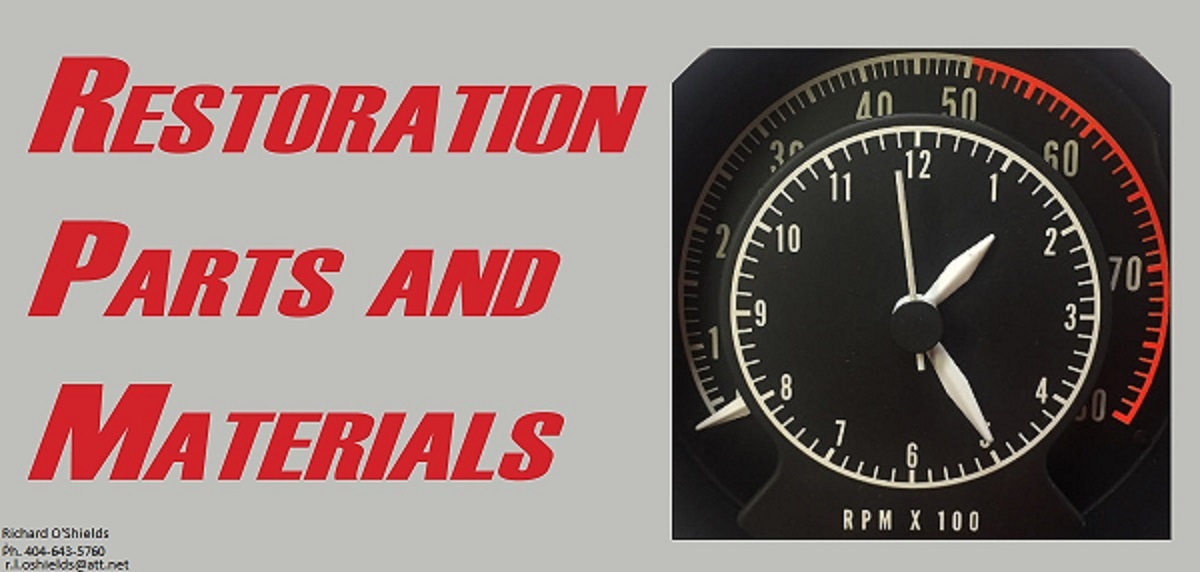OTHER than the obvious powertrain issues, do NOT forget about the vinyl top issues! Once moisture travels though the aged vinyl covering, which is really a "coated fabric" situation, the moisture can then dampen the "backing" of the top fabric and hold that moisture there just like sane holds moisture in the bottom of a door assy . . . until it might get enough sun to dry out. SO, figure in the cost of a new top or at least getting the current one removed and the top painted until a new top can be installed, if you want a vinyl top on it at all.
ALSO check the lower rear window area for rust, too. These issues are just part of the territory on Chrysler Fuselage-body cars as they were normal issues on the '70-'76 GM full size cars. OR any other car with a factory vinyl roof. IF the car is a LeBaron, with the smaller rear window and fiberglass plug for such, there can still be rust issues under the vinyl roof itself, but might have hidden problems near the plug, as that was not an area for the "dip primer" or primary paint application, at the factory.
As to the ATC controls, perhaps the control system could be blended with controls from a Vintage Air (or similar) electrical auto temp control system? Might not look exactly like "factory", but if done correctly, might work better.
Similarly, with the a/c compressor and such, getting a Sanden upgrade kit (with an SD-7 7-cyl compressor, rather than the normal 5-cyl SD-5 compressor) can become MORE of an option, all things considered.
As to the transmission, there might be some dampers on the rear tailshaft housing area that were removed with the original TF. Finding them, or even using them at all, might be something to consider, too. Not a big deal, but might need to investigate what was there from the factory.
In Fuselage cars, from my experiences, the factory hvac cases LEAKED. Many times, it went under the factory, heavy vinyl floor mats, to keep the carpet and jute padding soaled for extended periods of time. Unnoticed! No smells, either. So, DO investigate the passenger side front footwell area for evidence of such.
To me, the hvac case gasket and the retention method of the two case halves is the reason. Again, easy to work around and upgrade in the process.
As to the value of the car being considered, look at what the acquisition cost can be, then add in the other things that will have to be replaced, over-estimating a bit in the process(!!), and then look at the possible value of a #2 level car when done. IF those comparisons work out, it can be financially feasible. ALSO consider in how much of the work will have to be done by others, PLUS where the car will be stored during the repair/restoration process! This car could easily become a 5-year process, or more.
NOT to "thunderstorm" on your parade, just wanted to mention some side issues not normally considered in these deals. Having a secure, dry building where the car can stay until the parts and such are gathered and installed is important! Many cities and such have ordinances against "open storage" of vehicles. Easily terming them "junk" in the process, so a tarp over the car in your driveway or back yard can be an issue with code compliance regulations against "public nuisance" or "eyesore" situations.
As
@Davea Lux mentioned, having a good parts car can be important. Which then multiplies any storage issues x2. Not completely necessary, but one might be located in a salvage yard, that will be there WHEN you might need it, as an alternative.
Otherwise, keep a look-out on the many online vehicle sales websites for a good, running, lower-mileage car that would only really need to get the hvac working and maybe a vinyl top replacement. Usually for less money than what you'll end up spending on THIS car. It can be MUCH better than way AND easier to bail out of, if needed.
Just some thoughts and observations,
CBODY67
















